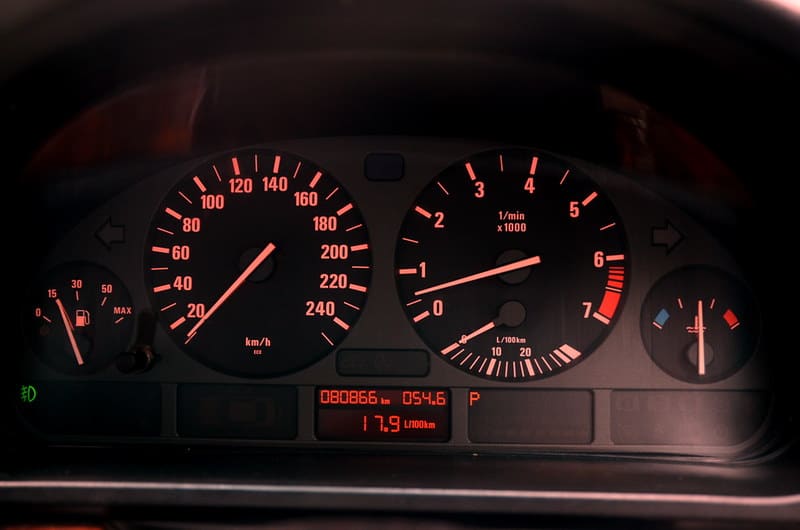The introduction of new electric car models to sale combined with the shortage of semiconductors has resulted in a delay of supply chains which, in turn, has woken up a strong demand for second-hand cars in the UK whose sales increased by 5.1% between January and March compared with the same period of a past year. Hence, this has translated into a severe rise in used car prices that hit a 30% increase in 2021.
The significance of this is that it is very crucial to carefully choose your vehicle that accurately suits to your needs now and in the future so as to ensure that you are getting value for your money. Knowing that in advance, you should consider the following when making a used car purchase: a choice.
Documentation

Amongst the choices of buying a car from a private individual or a reliable business, the variant one is always to ask for the V5C registration document form known as a logbook. With this, you can get the registered owner’s full details and if this matches the given seller or not. Moreover, the documents are needed for regulating car taxation; if you do not possess the necessary ones, then you will not be allowed to drive on public roads. When one buys a DS used car from a reputable company, the chances of stealing or other problems occurring are less evident.
Mileage

It can strike you what a simple and yet so important test you can perform by touching the mileage of your car. This regulation is usually achieved via the floor interior of the car, but it can also be acquired through service records and MOT certifications. An algorithm for approximately calculating expected mileageis the approximate age of the car by the average mileage per year, which is approximately 12,000.
It’s a good idea to opt for a vehicle with as low mileage as possible. This means that the chances of having any form of transmission failure, rusting, or the breaking of the timing belt and ultimately using more petrol than you can afford are greatly reduced.
Appearance

Having a closer glance at the condition of the vehicle will likely reveal how it has been treated by the previous owners. Pay attention to indiscretions such as scratches and bumps on both the exterior and interior of the car. Wear and tear are common in older vehicles, so this should be factored into the overall evaluation of the car, although any indications of rust must be taken seriously and dealt with accordingly.
It is also recommended that you identify any gaps between panels on the body of the car and whether there is discoloration on the paintwork. Evidence of these will indicate if the car has previously been involved in a crash or accident and the owner has tried to conceal the damage.
Performance
Until you drive the vehicle, you have no way of assessing whether it runs smoothly and all the necessary utilities work. Therefore, before any mentions of payment are made, you should aim to test-drive the vehicle. Most car dealerships will ask for a driving license at this point, so ensure that you bring one along with you, including one for anybody else who wishes to test-drive the vehicle.
When starting the vehicle, it’s sensible to start by checking the functions of the dashboard, followed by the windows, lights, heating and conditioning unit, and indicators. During the drive, the engine shouldn’t make any unusual noises or produce any fumes – starting from cold will give you the best advantage to gauge the condition of the engine. There are further crucial features to assess, such as the brakes, steering, and suspension, which should work as normal. If you feel comfortable using them, that’s a good sign.



